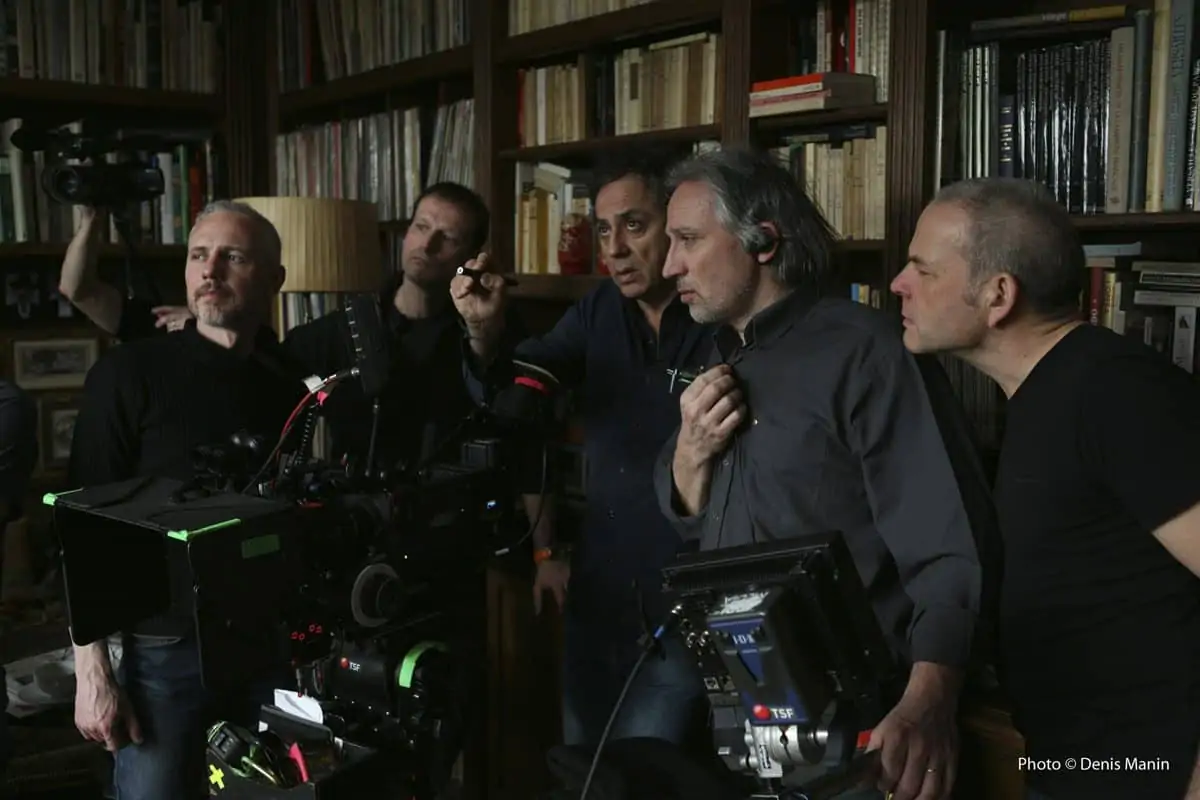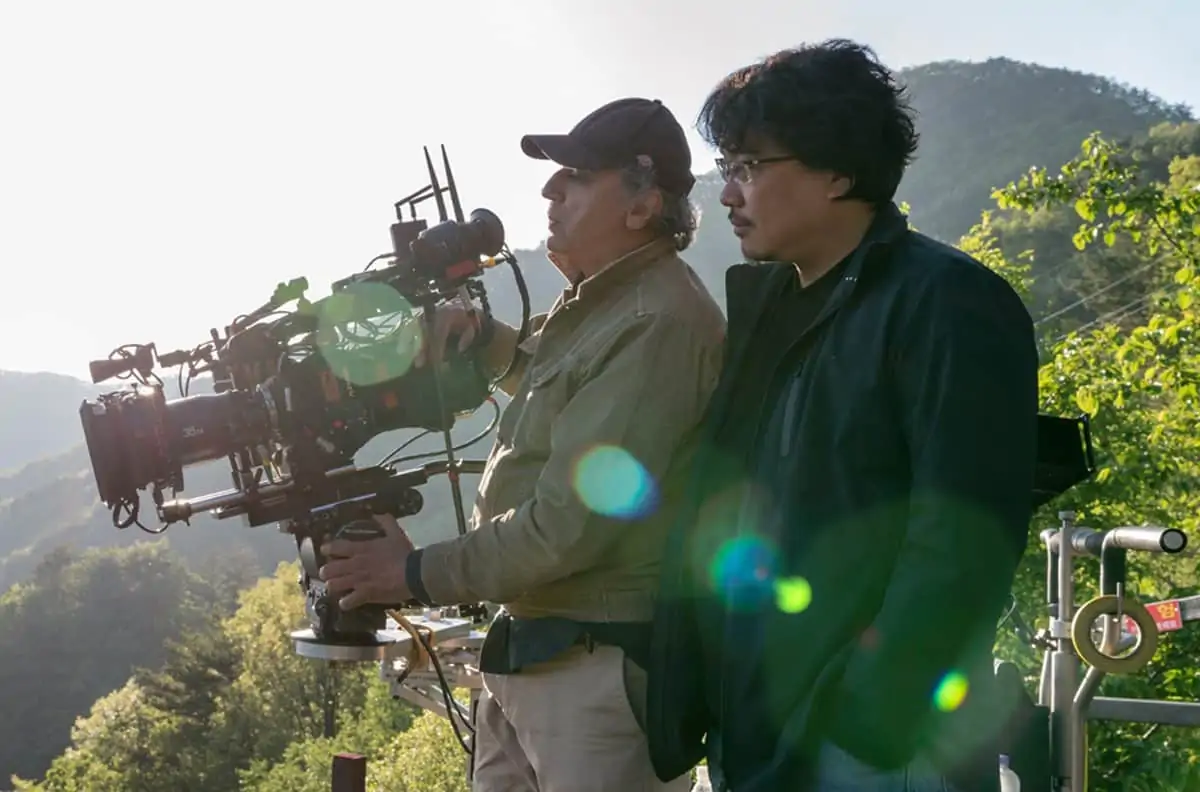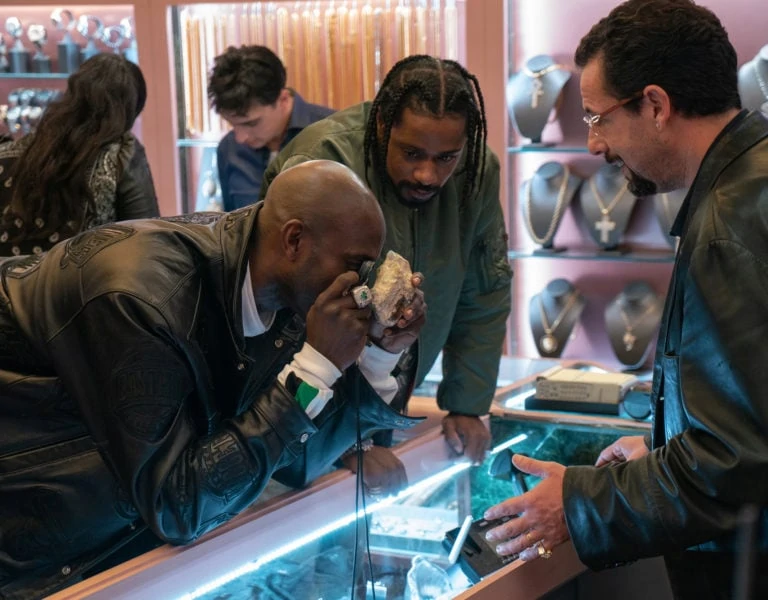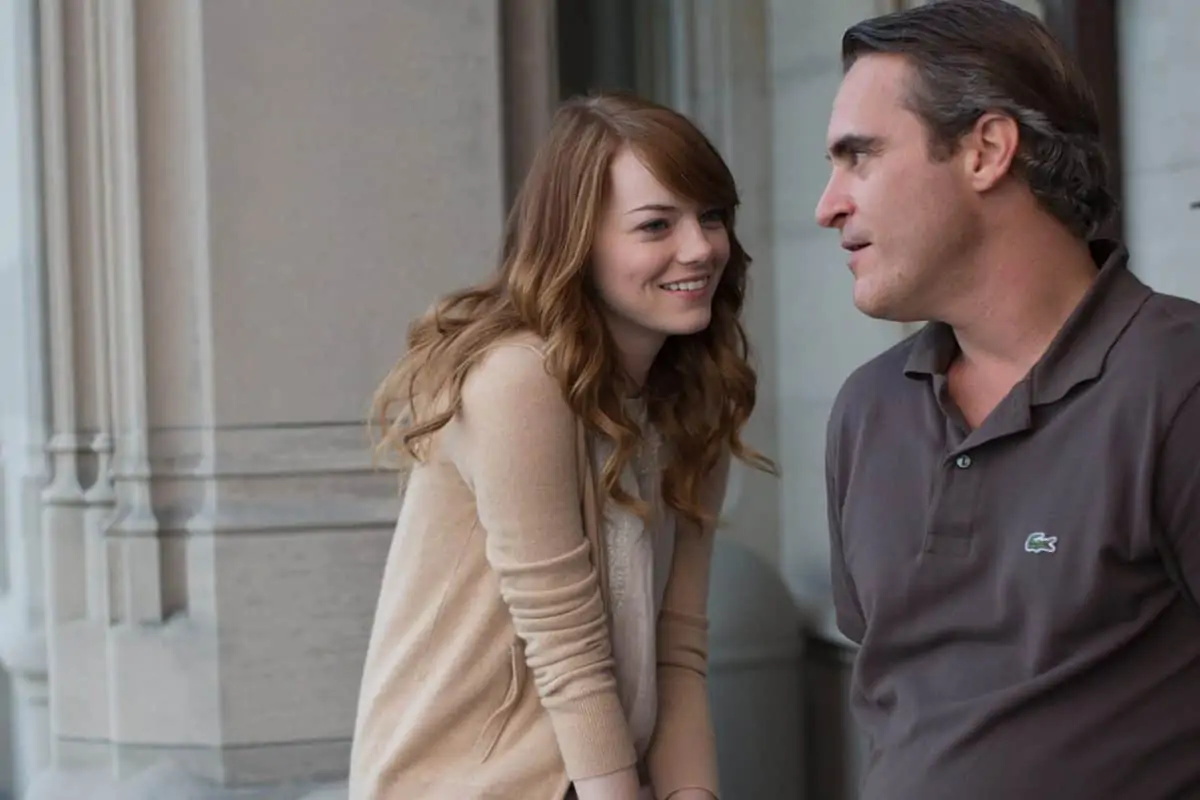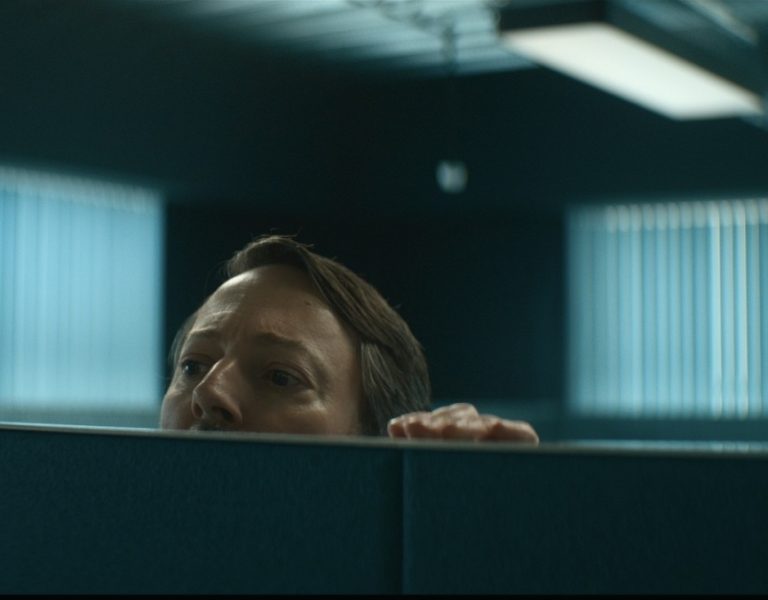KINGS AND QUEENS
Fresh from winning the ninth Pierre Angénieux Cinematography Tribute at Cannes, Darius Khondji AFC ASC’s latest project takes him from the glitzy French Riviera to gritty 1980s’ New York. Here, the French-Iranian cinematographer explains how he captured the city’s golden glow in Armageddon Time.
Bathed in autumnal sunlight, Armageddon Time is a dark and golden film that is full of memories. It has a script full of real characters, drawn directly from director James Gray’s childhood memories of growing up in Queens. The film premiered in Cannes on 19 May with Michael Banks Repeta playing a young Paul Graf (roughly based on Gray), supported by Anne Hathaway as his mother, Jeremy Strong as his father and Sir Anthony Hopkins as his beloved grandfather. Darius Khondji AFC ASC lensed the film, offering a sober and soft light in a mid-‘80s New York, where hip-hop rises while punk music from The Clash fades away.
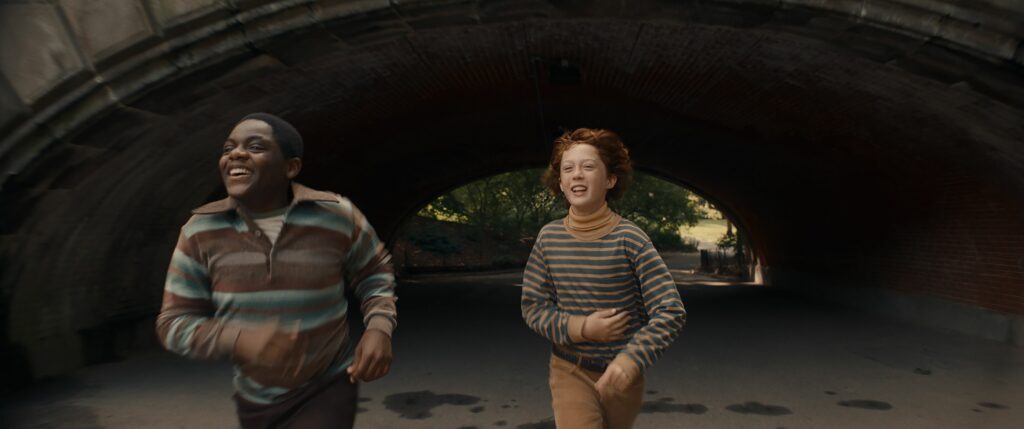
Shot in Manhattan, Queens (where James Gray’s family used to live) and New Jersey for some scenes (including the family home, the main interior set of the film), Armageddon Time goes back in time to the early 1980s. Khondji explains: “The choice of this house was very important for James Gray. He really wanted to find the sensations, the light, and the places of his childhood, and invested himself personally in the final preparations of the set. I even remember him spending a whole part of the weekend adjusting bunches of little things on location.
“Personally, when I first scouted the place, I was immediately struck by the extremely low ceiling and the small size of the rooms. The bathroom, for example, in which the father character gets very angry in the second part of the film, was a real challenge for me. To cope with this situation, I asked our gaffer George Selden to create very thin Baylights, equipped with 15 inches square bicolour LED elements, strongly diffused through multiple layers of magic frost. These fixtures were very helpful on those home scenes, providing a soft top light James Gray is usually fond of, as a fan of Gordon Willis’ work on The Godfather.”
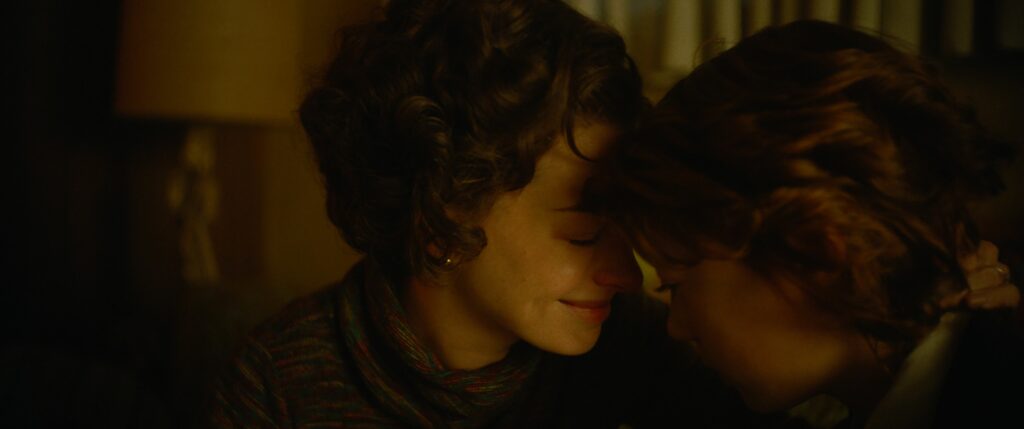
Discussing how the film was going to be shot, Gray and Khondji carried out tests in preparation. “James remains an enthusiast of photochemical filmmaking, having shot all his features that way. Our feeling was that we would probably shoot Armageddon Time on film. We therefore chose to shoot a series of blind tests between 16mm, 35mm and the Alexa 65. It’s the only digital camera I use when I’m not shooting film, because of its sensor personality. The actors’ presence on every shot is so unique. Against all odds, the choice oscillated between the 16mm and the 65. James loved the rendering of 16, which sent him back to 1980. Sitting in the projection room, I even heard him burst out laughing as 16 footage was screened. It’s actually what he does on set when he’s blown away by a take! It was definitely a good sign.
“But in the end his choice happened to be the Alexa 65. It probably gave us more flexibility with the children. And, as I mentioned before, gave the actors’ faces an extremely strong presence. I think James finally might have wanted to try Alexa 65 for the first time… but meanwhile a digital image that could have the texture of film.”
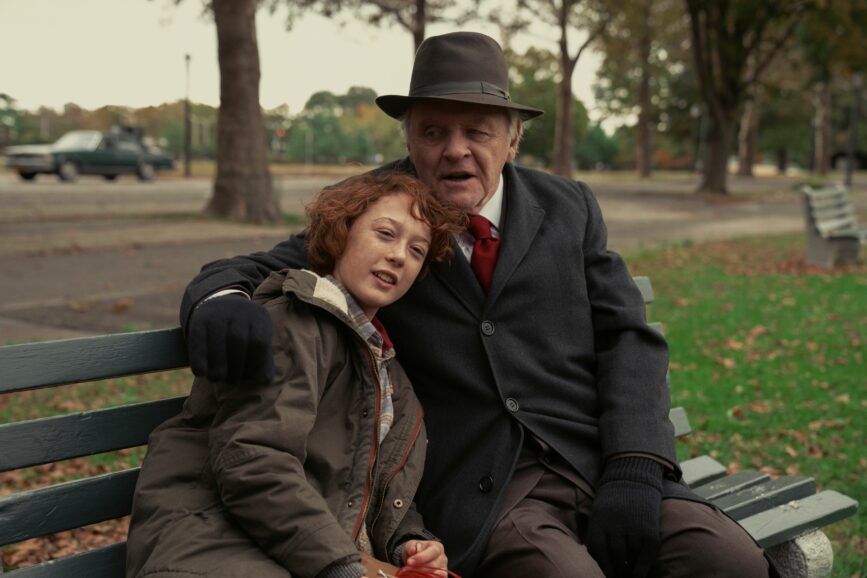
Asked about the very soft feeling Cannes audiences were enchanted with, Khondji says: “We chose a Super Baltar series from Bausch & Lomb, adapted to the Alexa 65; wonderful vintage fast lenses with remarkable close focus capability. With James, we shot almost the whole film with two or three focal lengths – no need for a particularly full set of lenses. And these ones really allow me to break the ultra-high definition of the camera sensor. “
While young Paul is the main character of the film, with the story being told from his point of view, the city of New York stands as a major story element in each frame. “New York is the city I enjoy filming the most,” admits Khondji. “I can very precisely remember my first encounter with it at the end of 1977. It was during a monstrous snowstorm, a rare event. It was love at first sight. I was originally supposed to go to California to study, but I eventually stayed there and went to film school. I realize how important it is to love a place, to film it well. Even on films where you don’t want the audience to identify it, like on Se7en where we did everything with David Fincher to turn Los Angeles into a Midwest city.”
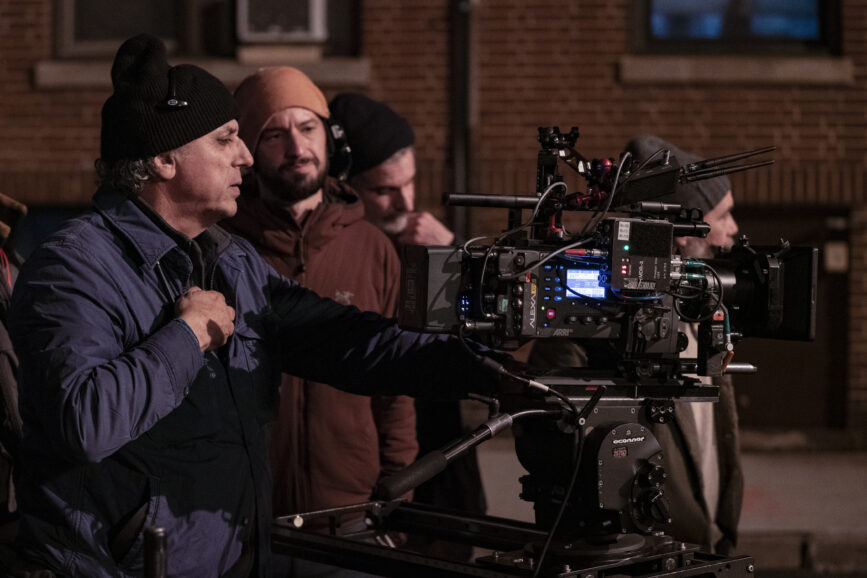
In Armageddon Time, some urban New York staples are key elements for scenes, such as those typical mesh fences you can find in the streets or playgrounds like when the two classmates meet during their break. “All the houses, and especially in the suburbs like Queens, are fenced off,” says Khondji. “It’s almost a constant in the urban space there. In this scene, where Paul reunites with his friend Johnny, the mesh creates a very strong visual separation between the two boys, while allowing us to film them very close to each other. It was a scene shot with two cameras to catch the autumn sun, with some retakes the next day for continuity because of this fleeting light.”
Armageddon Time is out now.
